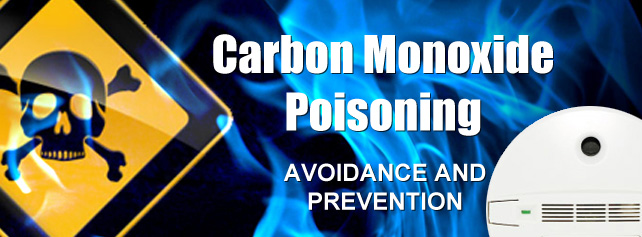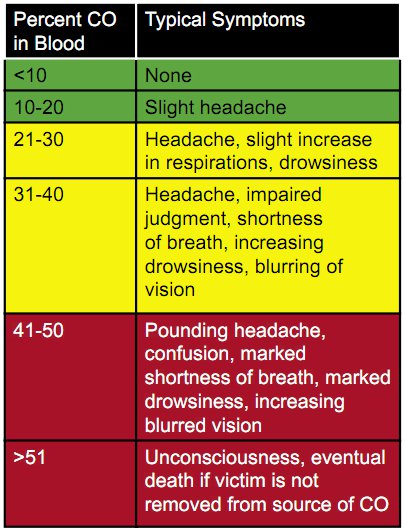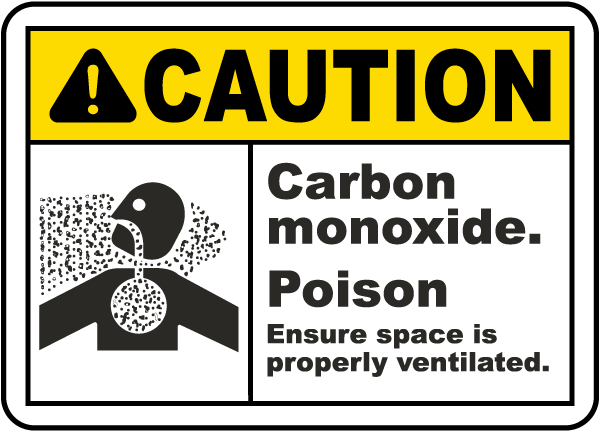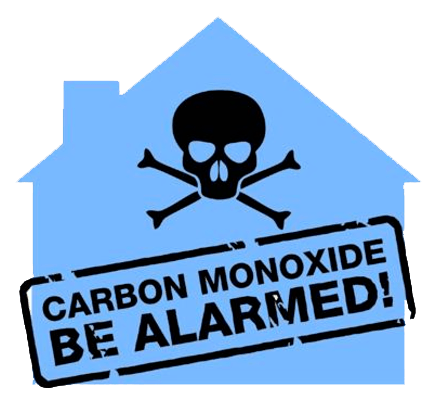
If you keep breathing the fumes, you may pass out and die.Ĭarbon monoxide poisoning can occur suddenly or over a long period of time. If you have symptoms that you think could be caused by carbon monoxide poisoning, leave the area right away, and call 911 or go to the emergency room. Fast breathing, fast heartbeat, or chest pain.Newer houses that are well insulated and tightly sealed can trap carbon monoxide inside.Įarly symptoms of carbon monoxide poisoning include:Īs carbon monoxide builds up in your blood, symptoms get worse and may include: Chimneys in older buildings become blocked and release fumes into the homes or offices.
All signs of carbon monoxide poisoning windows#
All signs of carbon monoxide poisoning how to#
So be sure you know the signs of carbon monoxide poisoning, what to do if you have the symptoms, and how to keep it from happening. But if you breathe too much of it, it can become deadly within minutes. You can't see, smell, or taste carbon monoxide. Without oxygen, cells throughout the body die, and the organs stop working.


What makes this gas so dangerous is that when you breathe it, it replaces the oxygen in your blood. Carbon monoxide is a gas produced by burning any type of fuel-gas, oil, kerosene, wood, or charcoal. Many cases of reported carbon monoxide poisoning indicate that while victims are aware they are not well, they become so disoriented they are unable to save themselves by either exiting the building or calling for assistance.Īccording to the Center for Disease Control, certain groups, such as pets, children, and people with chronic heart disease, anemia, or respiratory problems, are more susceptible to its effects.Ī carbon monoxide alarm, like Google Nest Protect, will alert you if the levels of carbon monoxide in your home are unsafe.Įven if you don't notice the effects of carbon monoxide poisoning, you should take proper precautions if your alarm goes off.Condition Basics What is carbon monoxide poisoning?Ĭarbon monoxide poisoning happens when you breathe too much carbon monoxide. Unconsciousness, convulsions, cardiorespiratory failure, death.Īll members of the household should be familiar with these symptoms. Severe throbbing headache, drowsiness, confusion, fast heart rate. Slight headache, nausea, vomiting, fatigue (often described as 'flu-like' symptoms). National Fire Protection Association (NFPA), the following symptoms are related to carbon monoxide poisoning: If your alarm sounds, react accordingly even if you don’t notice the effects.Īccording to the U.S.


The symptoms related to carbon monoxide (CO) poisoning can be misdiagnosed, as they are similar to flu symptoms.


 0 kommentar(er)
0 kommentar(er)
